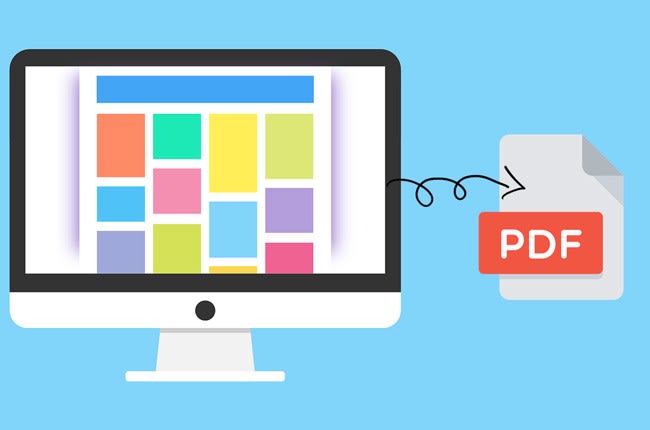Use Case
At the beginning of the year 2020, my wife wanted to redo her CV, so I offered to give her a small tool where she had only to inform her trainings, her diplomas and her experiences and who would then put them in a document.
At first I wanted to create a document in word format, but I was not satisfied with the rendering, the HTML of the frontend looked better than the final document, that’s when I wondered if there was no way to turn this HTML into PDF.
Which led to the use of html2pdf, my frontend sent me an object corresponding to her CV and I just had to format it and generate the PDF.
HTML2PDF
The Dependency
First imported via your favorite dependency manager (here maven).
What is a PDF?
What is a PDF? It’s a file format, so let’s start from the beginning, create a file (thanks captain obvious).
Fill the File
To do this, nothing is simpler than to use the HtmlConverter class and its convertToPdf method which takes as a parameter :
A String : The HTML code as a String
-
An OutputStream : The PDF file.
In the above example, the html variable is a StringBuilder that is built by browsing the properties of a previously populated object. Warning, tags such as are not taken into account, so how to insert css?
That simple :
-
Use the style property of the HTML tag
<span style=”font-weight: bold;”>
-
use tags and feed the content between the two by the content of a css file that you will read before
And then use the class property of the HTML tag to add your stylehtml.append("
")Warning : complex file like the Bootstrap css can produce some errors in the console of your IDE, but nothing to fear, the file will be generated anyway.
pros and cons
Pro
Easy to use.
Well documented.
Converting HTML to PDF is a fraction of the possibility of this library.
Cons
Code redundancy if the object in question is already displayed on the frontend side.
Complex CSS files can generate console errors.
Maintenance difficulty in case of a large file.




Top comments (0)